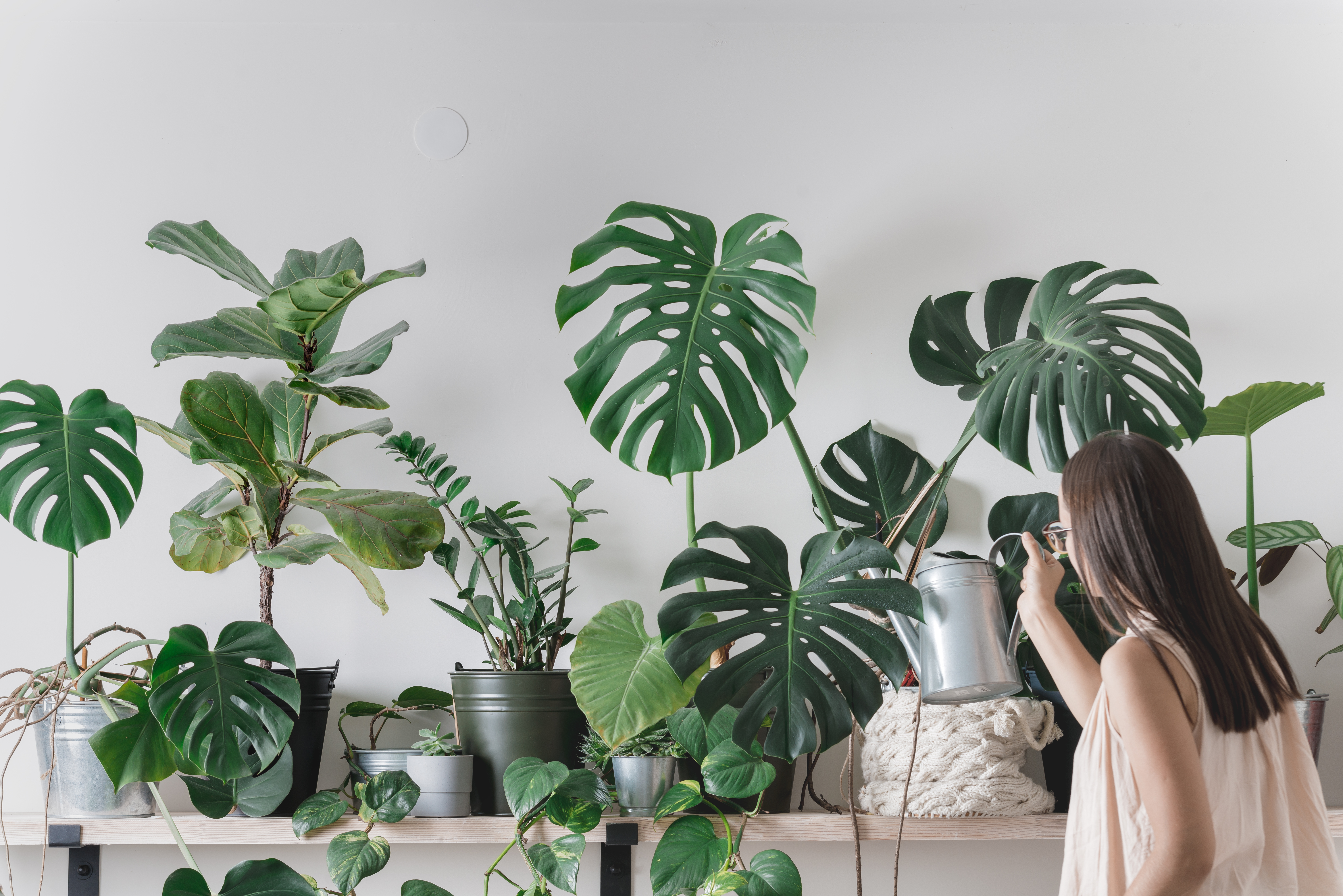Houseplants are having their moment in the sun, and millennials are shining on them.
During 2020, Americans spent roughly $8.5 billion more on plants and gardening related items than they did in 2019, which represents an 18.7% increase. And so far in 2020, these sales have increased another 30% over their 2020 mark.
While the pandemic has certainly accelerated this trend, it is something that has been developing among millennials for the past few years. In 2019, for example, millennials spent more money on plants than any other age group.
In fact, at the start of 2020 (in what was obviously a pre-pandemic survey) 70% of millennials claimed they consider themselves to be “plant parents.” This means that millennials were already plant curious but became full on plant-philes during the pandemic.
Social media has a lot to do with this. Seriously, just log onto any social media platform and search things like #PlantParent and you will see humble brags big and small built around houseplants. This trend was already brewing, but pandemic’s initial lockdown left people with few selfie spaces beyond the home. Flexes that were formerly built around travel, leisure, and social outings with friends became predominately fixated around individuals’ homes, and the plants within them became a social status symbol.
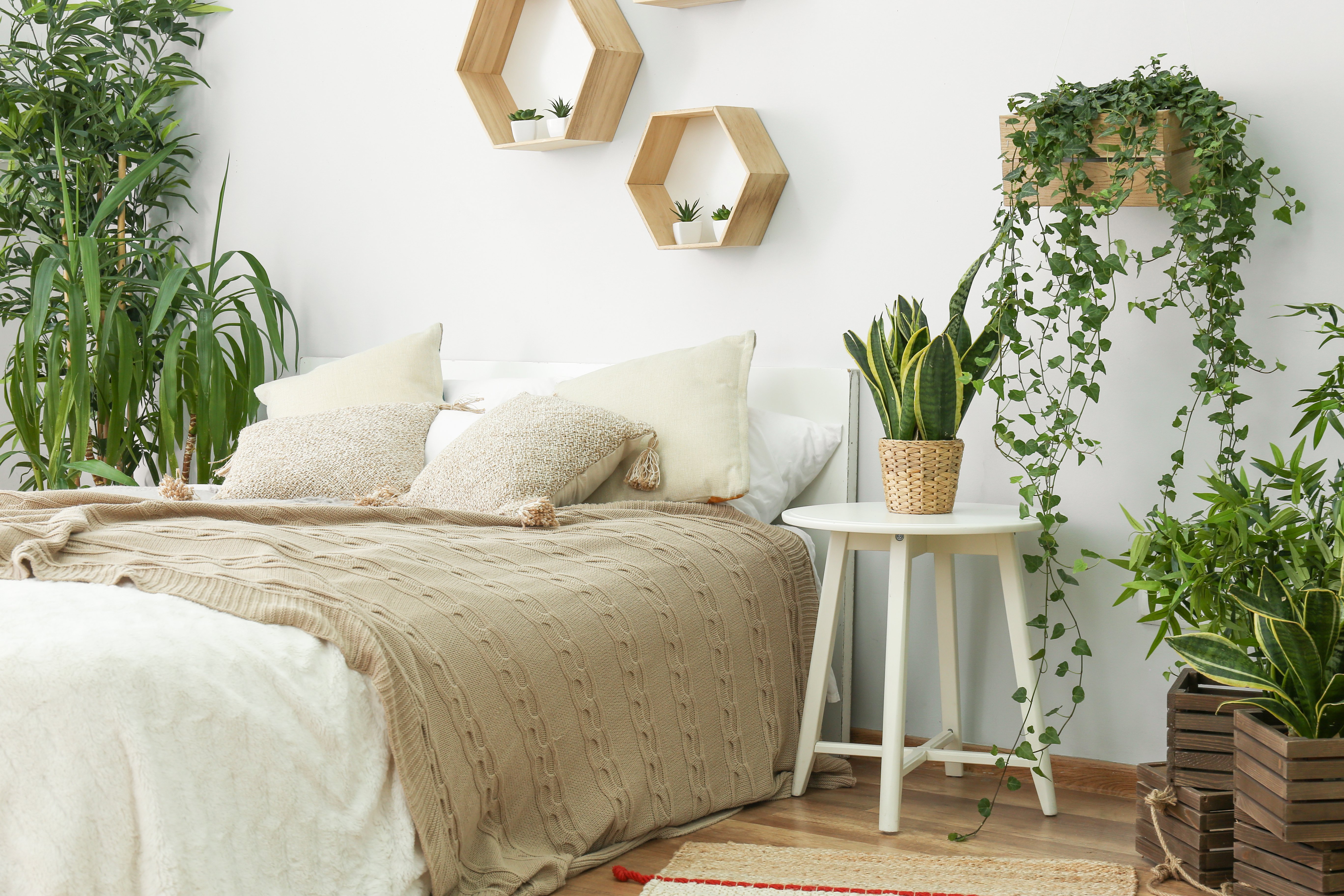
So, today we’re planting some retail market research seeds. What is it about millennials in this current moment that has so many digging into houseplants, what types of retailers and media channels are already reaping the benefits, and how can other companies capitalize on this trend? Let’s see what sprouts.
Failure to Launch Brings New Life
So, why the millennials madness around plants? Honestly, some of it has to do with the grains of truth inside some of the unflattering stereotypes people have about millennials.
Elder critics have long labeled them as the failure to launch generation, a demographic cohort of individuals delaying adulthood as long as possible by living with their parents, waiting for marriage and children, and incurring massive amounts of debt.
Of course, this ignores the financial stresses millennials face, having come of age in one recession and hit their max earning potential in another. It’s not a collective unwillingness to advance through the stages of adulthood as much as a collective struggle against economic and social forces over which millennials have little control.
So, when we say that plant parenthood fits into millennials’ lifestyle—by beautifying small homes with little-to-no outdoor space, by serving as an outlet for paternal instincts that cannot be put into childrearing, and by fostering community and identity in digital social spaces--we don’t say it pejoratively. This is how a great many millennials live, whether by choice or circumstance. And plants fit into that.
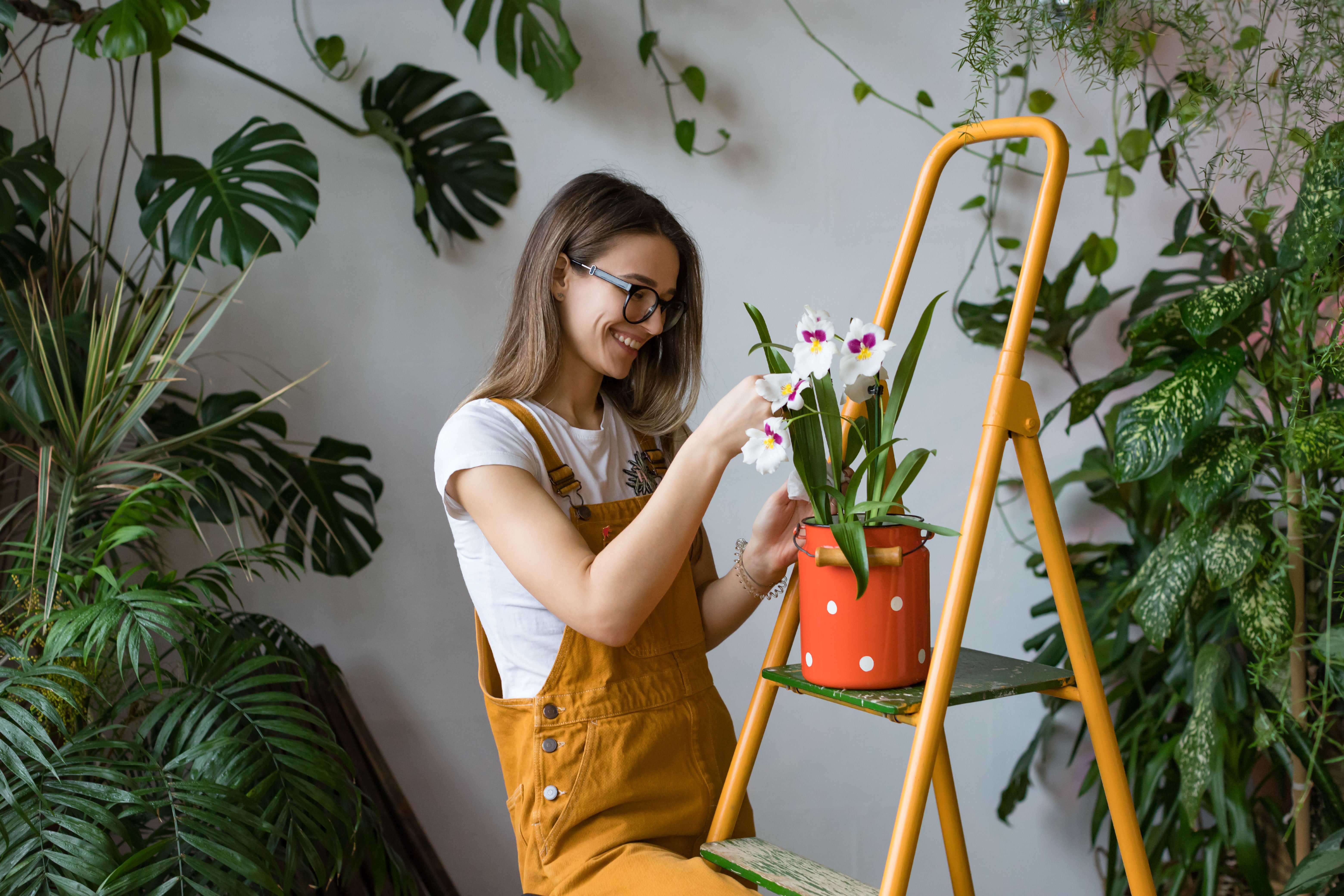
At least that’s what Seattle-based therapist Lily Ewing thinks. “People are designed for connection and nurturing, but with more millennials waiting until later in life to have babies and settle down, young people are turning to plants.”
A couple other things to consider: 1) Plants are real, tangible things for people to care for, as opposed to digital objects. For people immersed in digital spaces, this can be appealing. It’s like the anti- tamagotchi. And, 2) millennials ushered in the self-care and wellness trend over the last several years, and are thus likelier to believe and even espouse the supposed physical and emotional benefits of houseplants (from air filtration to serotonin).
All of this adds up to a pre-pandemic predilection for plants, and the pandemic proliferated this predilection.
Emotional Support Plants for An Emotionally Exhausting Era
Indeed, the pandemic unquestionably accelerated this trend.
Yes, some of this can be explained by economic—plants typically see sales surges during economic downturns (which, yeah, 2020) when people are saving money and staying home more often. Generally, these sales numbers return to normal with an economic rebound when consumers once spend money on more durable goods and out-of-home activities.
But there is also the psychological trauma that each and every person experienced during 2020—the uncertainty, the loneliness of lockdown, the disruption to established routines.
And, according to therapist Rebecca Deighan, caring for plants has helped people cope with this trauma. “I've seen an increase in substance abuse, couples counseling and anxiety, it's been profound,” Deighan explained.

“A lot of people don't have friends and family with them, a lot of people are quite alone. We're in unusual circumstances and people are having a hard time feeling grounded. Plants are grounding.”
That was certainly the case for Melody Stizzo, a Portland-area preschool teacher who had a few plants before the pandemic but saw her collection multiply many times over (she now has over 50) after her school closed and she found herself, like so many of us, confined to the home and working remotely.
“I’m a good plant mama. It’s purposeful figuring out the perfect care each plant needs to survive, especially in a cold wet city like Portland. Relaxing on my jungle-like balcony is the best part of my day,” she explained.
Purposeful feels like the key word there, right? Houseplants need people to survive. And it feels good to be needed—it is both gratifying and pleasantly distracting to care for something. This feeling of purpose also likely explains the surge in pet adoptions we saw last summer, one that is continuing into 2021 as people seek out a furry companion.
Plants are Beautiful and Our Homes Should Be Too
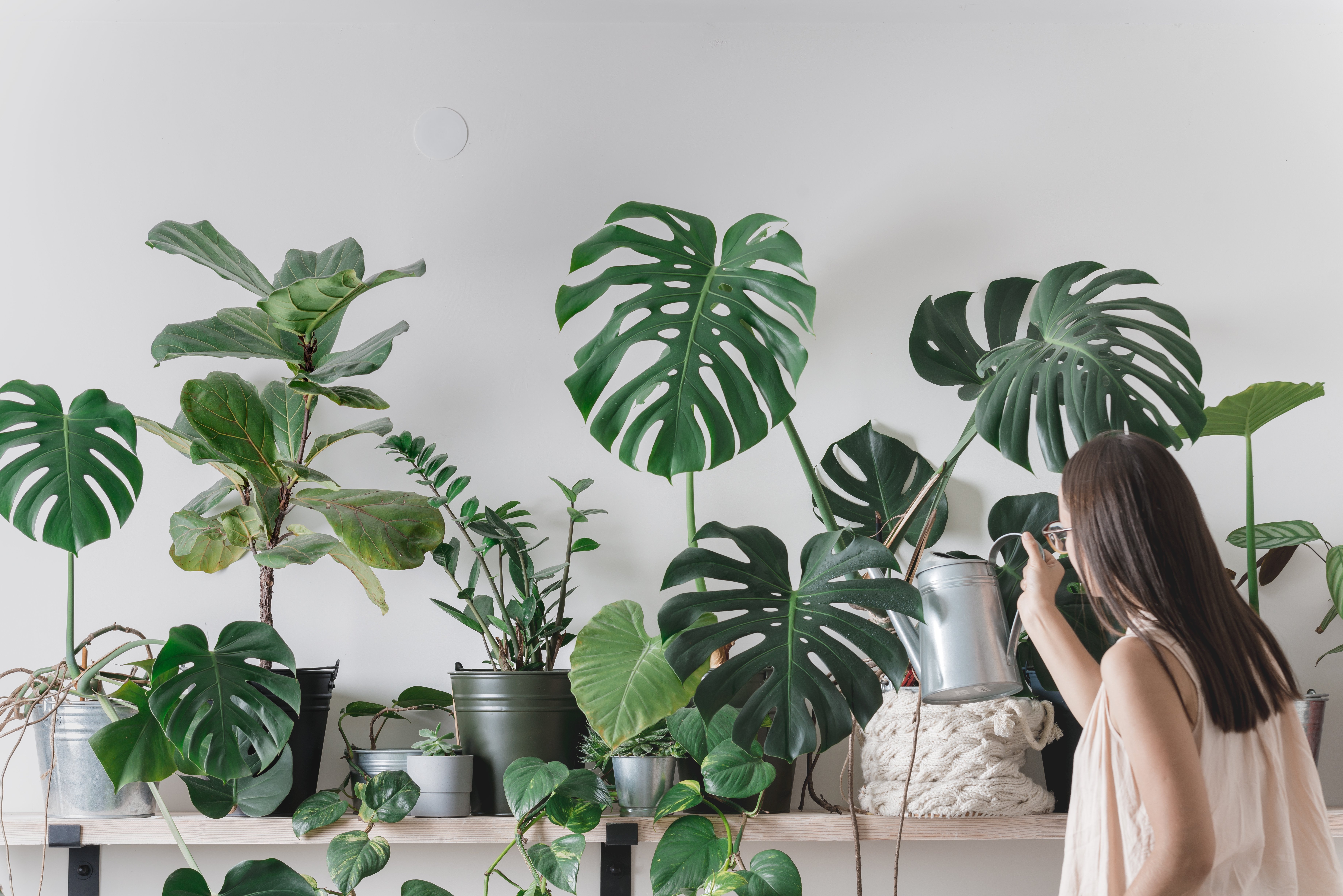
However not everything is pathological, and can’t be explained by phycological coping mechanisms alone. For some people, this isn’t a case for Dr. Phil, it’s one for HGTV.
Because here’s the thing about plants: they are really freakin’ pretty.
They make houses into homes, they make the mundane beautiful, they literally bring spaces to life. For people spending way more time than ever before at home due to lockdowns and remote work, it only makes sense they would want to beautify that environment.
Sure, we want to feel like we’re needed and necessary, but we also need to like where we live. And plants help that.
For example, when asked by MarketPlace to explain her whopping 100+ plant collection, Laura Huang, of Oakland California responded, simply, “I didn’t go outside for the first three months of the pandemic, and I was inside a studio apartment.”
And what is a beautiful home without a social media representation of it? Beautifying one’s home is not just personally gratifying, it is also publicly admired, the type of thing people can and do post to social media all the time. In this way, plants also bridge some of the distance between isolated people.
Businesses are Already Reaping the Harvest
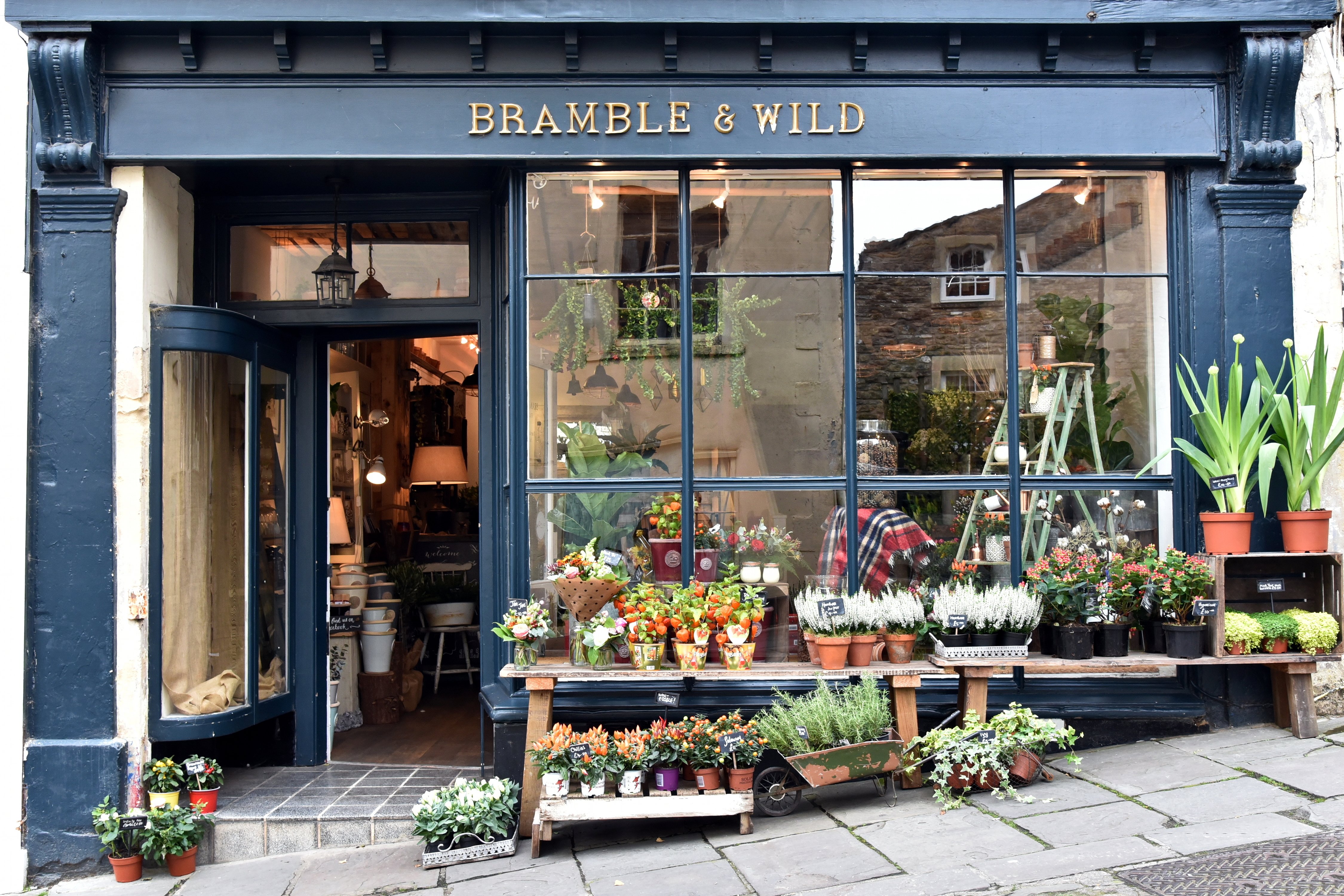
All of this means, of course, that plant sales are soaring. Plant purveyors have felt the spike, finding their businesses expanded just as lockdown set in.
Sonja Detrinidad owns Partly Sunny Projects, an online store selling succulents and air plants, which she operates with her husband in her garage. “I went from maybe doing an acceptable 30-40 orders per month to June of 2020, where I did 1,200 orders,” she explained.
She says that these days she and her husband work in their garage until 2 a.m. every day, fulfilling orders.
“When the pandemic started, I thought, ‘This is it. This is the end. Who’s gonna want to buy a plant?’ The answer is everybody wanted to buy a plant!”
Gerardo Marin, who runs California Tropical, a family-owned online plant seller based in southern California. Marin confides that sales were low when the store first opened in 2019 but, after the pandemic hit, sales began to boom and never turned around. Like Detrinidad, Marin recalls going from 10-20 orders per day to selling up to 200 plants per day, seemingly overnight.
“[Today] we get hundreds of messages daily from new plant parents asking about plant care,” Marin says.
That last bit, about plant care, leads us to another point: It’s not just the dedicated plant retailers reaping the rewards—entire communities and economies are springing up around this trend.
For example, CrazyPlantGuy is a YouTube influencer with over 300,000 followers, offering viewers decoration and care tips, fostering an online sense of community for plant owners, and even fielding questions. He now has his own website and seems to be doing very well for himself.
There is also a bevy of online publications catering to the craze, replete with rankings related to ease of care, to environmental limitations (think: best houseplants for homes with no direct sunlight) and even social cache (in case you were wondering, alathea lancifolia, the rattlesnake plant, is totally the houseplant of 2021).
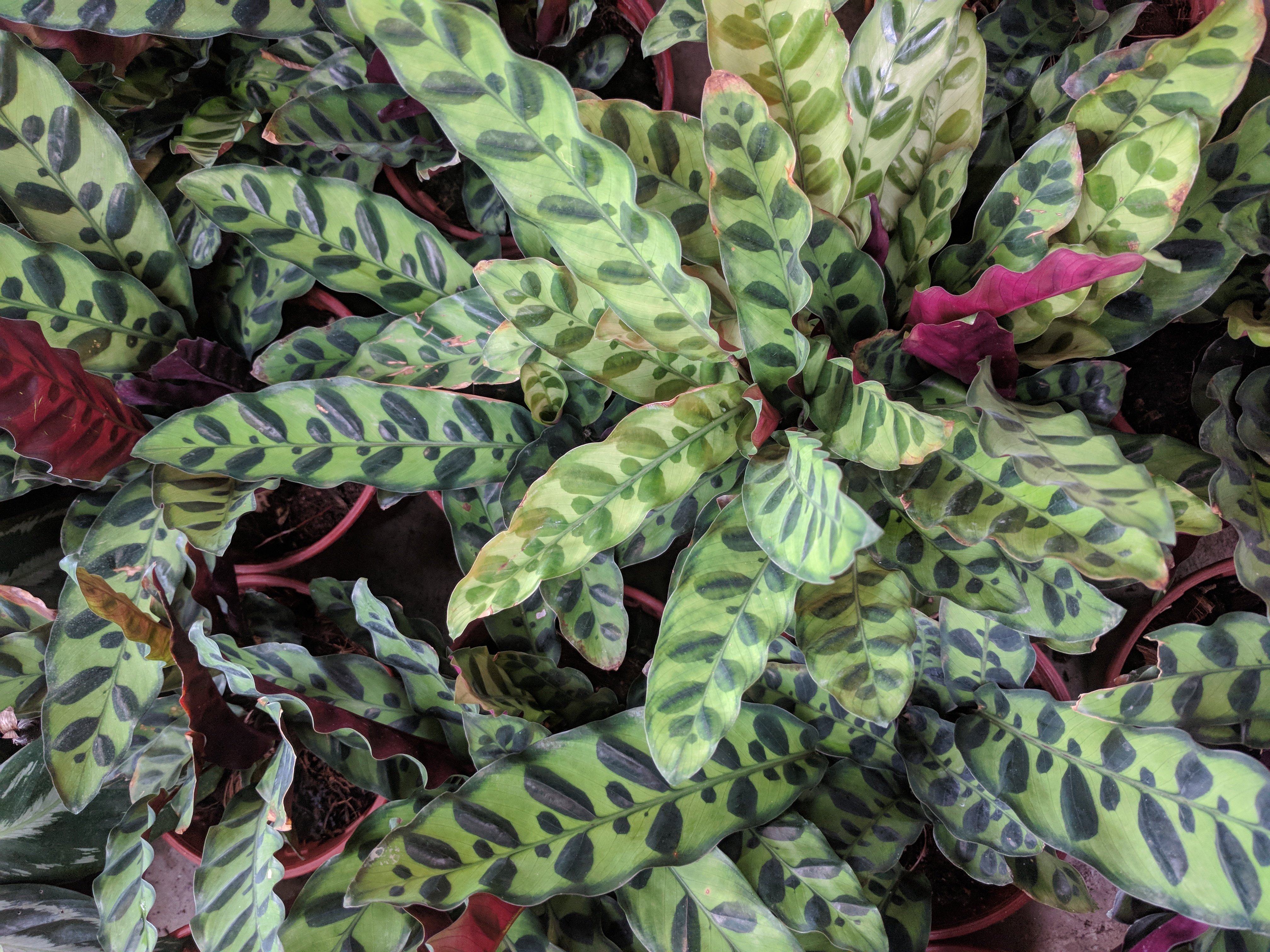
The pandemic similarly saw the rise of devices and systems dedicated to monitoring plants, a gamification of plant care that includes intra-soil moisture meters and light detectors, which are connected to an app. There are a lot of these systems on the market.
And then there are the diagnostic apps, which use phone cameras to scan images of plants and report to users which, if any, diseases are ailing the plants. This apps help people care for their plants, to feel proactive about that care, and to scratch their WebMD itch.
Retail Market Research: Focus on Marketing, Not Selling
So, with entire lifestyles and economies built around plants, how can businesses capitalize on this craze? It’s not as easy as you think.
It is important to understand that there are different tiers of plant ownership based on commitment (which can border on both obsessive and compulsive) and spend. Some people are happy to pick up a plastic-potted chrysanthemum at their local grocery store, others want to find the rarest, prettiest, and most social media friendly plants around.
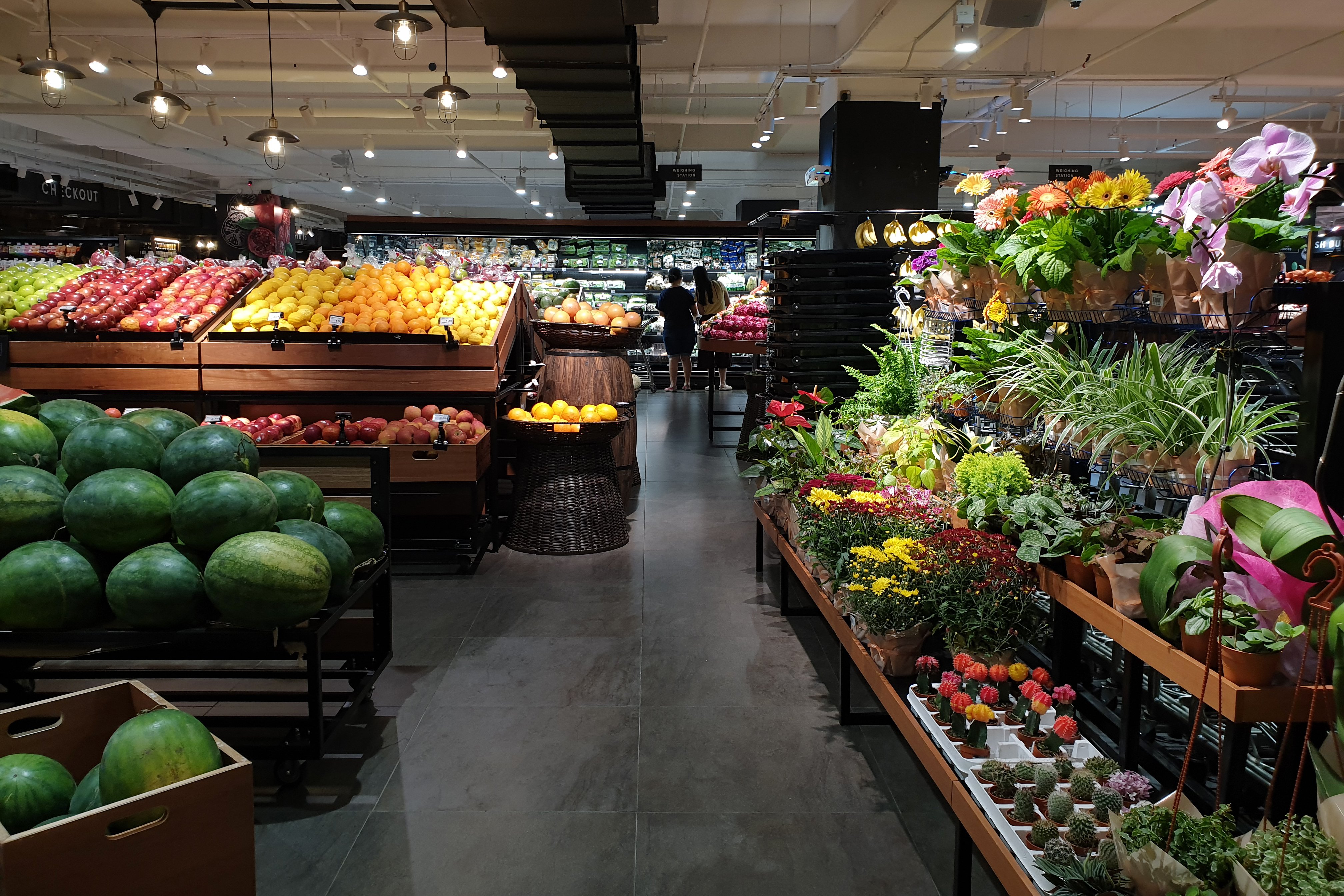
That second group includes the people who spend thousands of dollars per year on plants and supplies and who are far too discerning to be enticed by a supermarket plant display. Retailers will not be able to reach this group by adding some poppies to their impulse aisle. There are better, more experienced, and more credible sellers for this crowd.
But businesses can consider marketing to this crowd, which is predominately comprised of somewhat well-to-do millennials who worked from home during the pandemic and are unlikely to have children.
Targeting this consumer group can be achieved through paid advertisements on the apps they use, on the YouTube channels they watch, and in the social media groups/channels they follow.
Putting in the marketing and advertising market research to determine the correct affiliations and sponsorships is a big step in the right direction, particularly for companies who know their ideal consumer is likelier-than-not to be a somewhat well-to-do millennial.
Market research methodologies like panel surveys and can further help companies determine the intersections between their consumers, their products, and the plants. Hitting the right demographic with the right marketing message has been the name of the game in advertising for a long time—that’s why Nielsen TV ratings exist in the first place.
For certain companies, plant obsessives are an ideal demographic to target. They just need to market research to make sure they don’t miss.
